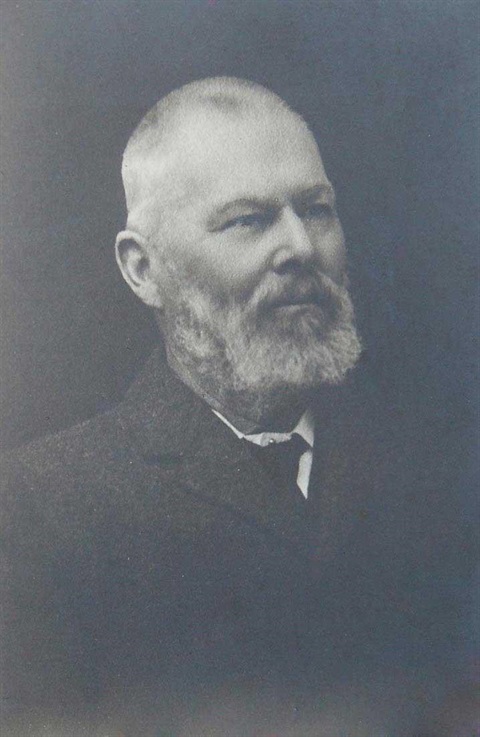Norton-Smith Papers

James W Norton-Smith (1846-1911) was the Van Diemen’s Land Company’s manager from 1869 – 1903. Three years after his appointment to the position, fabulously rich tin deposits were discovered at Mount Bischoff, forty miles south of Burnie. Within a few years Mt Bischoff proved to be the richest tin mine in the world at that time. Other rich mineral deposits on the West Coast were discovered soon after. James Norton-Smith was quick to realise the potential benefits of the West Coast mineral boom to Burnie, the nearest deep water port, and transferred the Van Diemen’s Land Company’s headquarters from Circular Head to Burnie in 1875. He was instrumental in building the wooden-railed horse-drawn tramway from Burnie to Waratah. In 1883, the tramway began its conversion to an iron railway under the management of Norton-Smith.
When Norton-Smith moved the Van Diemen’s Land Company’s headquarters to Burnie the town was little more than a small cluster of buildings with a population approaching one hundred. Less than thirty years later Burnie boasted more than 260 buildings and a population of 1,500. Norton-Smith’s inward correspondence gives us an incredible insight into what life was like in Burnie during this period of immense growth - with the discovery of the extraordinarily rich Mount Bischoff tin deposits, the development of the port, and the advent of the railways.
This collection is currently not on display.